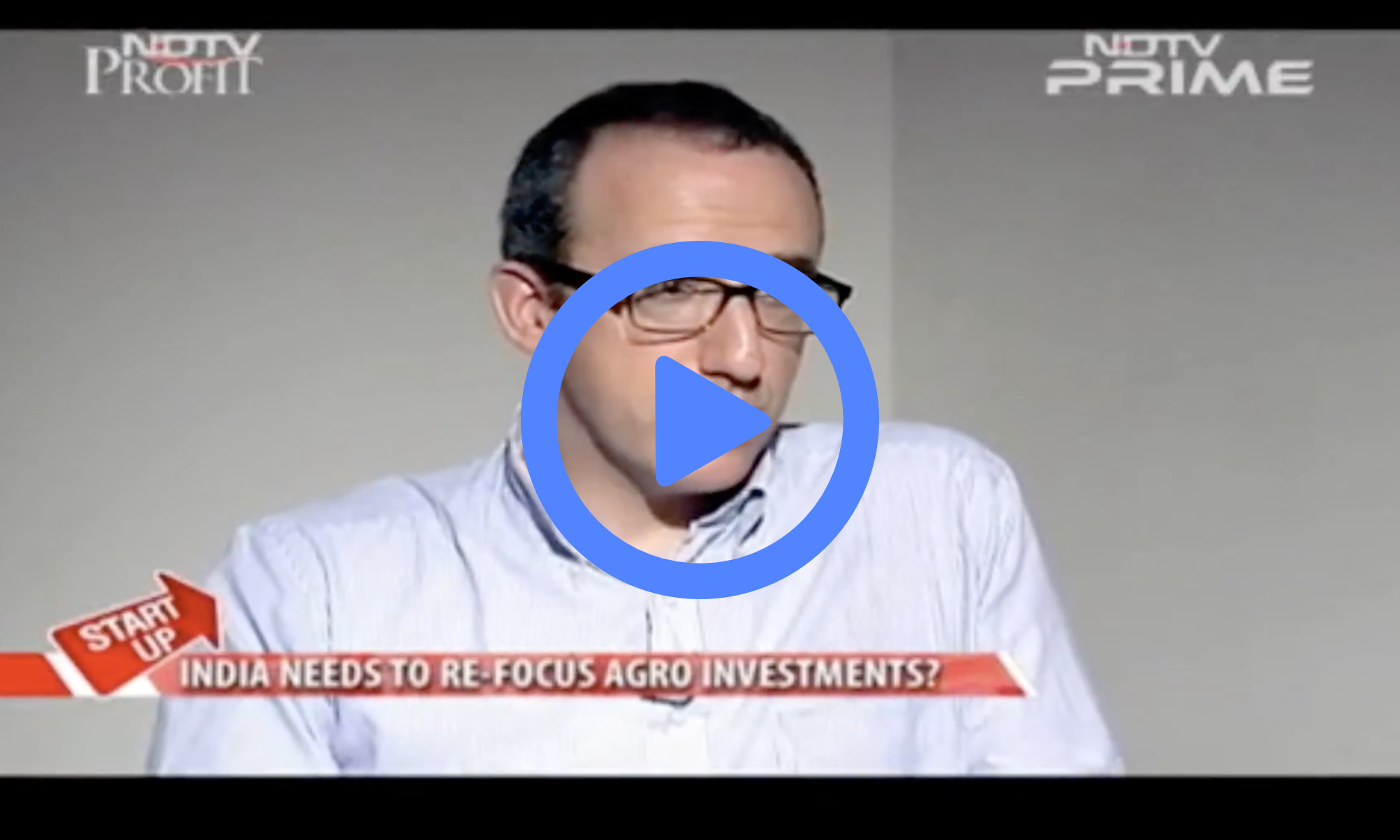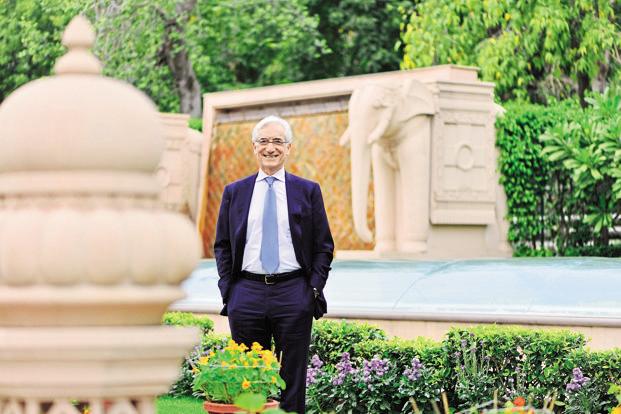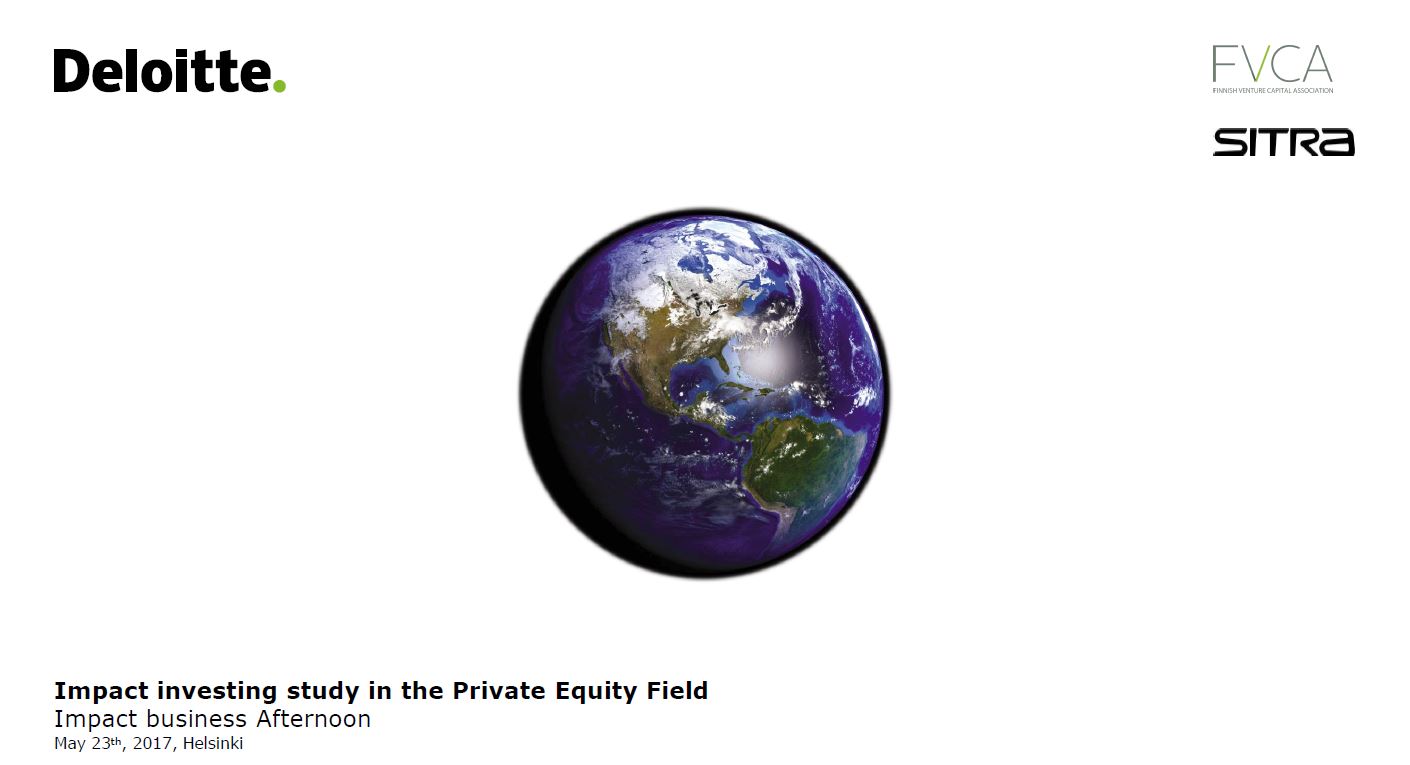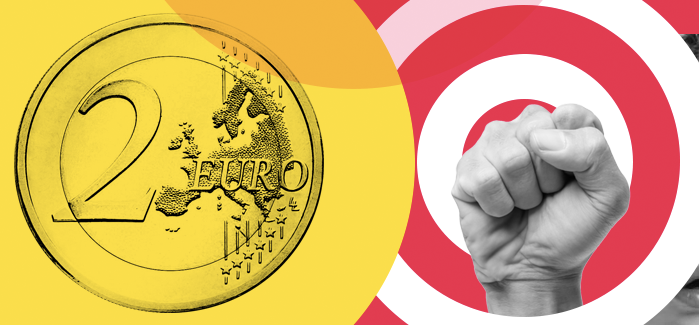



Customised training for specific jobs
Immigrants’ unemployment has for years been 2 to 5 times higher than that of the native population, and it takes much more time for them to enter the labour market. In the experiment the employment of immigrants is facilitated by bringing training to workplaces and customising it according to what is needed to do the job. – Immigrants who find employment strengthen the viability of municipalities and Finland’s economic growth. With the growing numbers of immigrants, it is even more important than before to facilitate their entry to the labour market, Permanent Secretary Gustafsson says. The companies participating in the experiment represent sectors that have difficulties in finding workforce, such as the manufacturing industry, building, trade and services. The experiment is first carried out in Uusimaa and Southwest Finland, and it will be extended to regions where there is a shortage of labour as considered necessary. – Valmet Automotive is currently recruiting large numbers of employees. In this situation it is important to find people who are motivated and committed to their work. Immigrants are one of the groups of people where we have found such employees, and I believe we will find more of them in the future. The SIB project improves the basis employment skills of immigrants to facilitate their entry to working life. The way we see it, we also have an important role in supporting the integration of immigrants by employing them, says Tomi Salo, HR Director of Valmet Automotive.Impact investing model used in the experiment
The Social Impact Bond model was brought to Finland by the Finnish Funding Agency for Innovation Sitra. In the SIB project the performance objectives are specified in great detail, both for the wellbeing set as the target and for the economic benefit. The achievement of the targets is measured on a regular basis. – The experiences gained from the Integration SIB project will also be used in the future Employment SIB project, specifically aimed to promote the employment of the young and long-term unemployed, Permanent Secretary Gustafsson says. The Government decided on the Employment SIB project in the mid-term policy review, and it is to start in the autumn.

Effective, impact-based investments in well-being are under way.
The Finnish government decided that it will use the performance-based SIB model (Social Impact Bond) for employment trials and for decreasing the exclusion of youths, among other things. This is great news, as the current scarce economic situation forces both the government and the municipalities to develop new tools for the improvement and funding of well-being. The SIB, which was introduced in Finland by Sitra, is one of these tools. It connects the public sector, investors and service providers so that everyone benefits. “The SIB agreement doesn’t just acquire goods and services; it acquires results and impact. In addition, it provides the government and municipalities with opportunities for risk-free funding external to the budget,” emphasises Sitra Impact Investment Project Director Mika Pyykkö.Objective: decreasing youth exclusion
The Finnish government’s objectives are especially to reduce the number of young NEETS (Not in Employment, Education or Training) and to promote the employment of youths. One of the methods of achieving this goal is the SIB project to support youth employment and to decrease exclusion. The project will be prepared during the spring and summer of 2017 by the Ministry of Economic Affairs and Employment, Sitra and municipalities that are interested in the project. (See the government memorandum, Section 12, link in Finnish) The memorandum states that the current system to support the well-being, education and employment of children and youths is too complicated, and that the effectiveness of measures is decreased by lack of coordination and collaboration. However, the SIB model will enable support for youths and families which is more effectively timed and tailored specifically to their situation and needs.Trials to promote employment
The government plans on, for example, procuring novel, diverse service concepts for youths in challenging labour market positions from private sector service providers. The projects will be privately funded through the SIB model and the service procurements will be realised using innovative procurement practices and performance-based agreements. (See the government memorandum, Section 14, link in Finnish)Target-oriented investments in well-being
An SIB agreement defines the measurable objectives for increasing well-being. Institutional and private investors fund the services that promote well-being and assume the risks associated with the provision of these services, while the public sector only pays for the results that fulfil the objectives. In other words, the government or the municipality do not have to pay until the results have been verified. “Impact investment is a method to solve problems through carefully planned, consistent and front-loaded investments,” says Pyykkö. SIBs are already being trialled in Finland in two projects. The first of these enhances occupational well-being in the public sector and the other, a project headed by the Ministry of Economic Affairs and Employment, accelerates the employment of immigrants. There are approximately 30 municipal SIB projects planned in different parts of Finland, including Vantaa, Hämeenlinna, Lahti, Lappeenranta, Tampere and Oulu. The objectives of these projects range from the well-being of families, children and youths to promoting the independence and employment of senior citizens. The value of the public sector’s procurements reaches approximately 35 billion euros annually. Therefore, the purchase of impact also means the more productive use of billions of euros in tax revenue.
By doing modeling you are already answering the question about the Theory of Change: How a strong social welfare system can use the best of the private sector by articulating a successful Social Impact Bond (SIB) model.
I recently went to Finland to discover a very interesting case of when and how SIBs can be used to solve social problems. As a German Chancellor Fellow who is researching social impact investing initiatives in Germany and other parts of Europe, the first thing I learned was that SIB is not the solution to all social problems. Furthermore, the question of how to use SIBs can at times be very challenging.
The reason why Finland is developing SIBs so quickly is mainly because of Sitra´s role. Sitra is determined to accelerate SIBs in Finland, acting like a middle man in charge of the most difficult job, which is educating the public sector how to use SIB models to tackle specific issues.
The other differential for me is that Sitra knows exactly how to act in a new scenario of big government and municipality reforms and is pragmatically answering the questions of the Theory of Change in this new context. Here are some key considerations I would like to make of their model:
- Together with partners, Sitra defines specific targets and incentives. All sectors (public sector, start-ups, big for-profit corporations, non-profit organizations) learn how to work together in a new collaborative way and share common goals.Investors realize the key role they need to play and that is why they accept lower returns to keep the value of the impact purpose. There is a maximum cap return rate agreed with investors, and the surplus of the return goes to the government.
- With the recent changes in Finland´s public administration, the customers will have more freedom of choice to choose services among more private enterprises. Consequently, the government will work diligently on measuring the impact of these service providers making sure the quality of services will be preserved.
- Conflicts between long-term SIB investment and 12-month governmental budget cycles are addressed with long term contracts and commitments between service providers and government (municipalities), considering their tasks.
- Finland is very data driven and has a recognized engineering culture. This is a competitive advantage because of the experience and knowledge to create complex mathematical models.
Finally, the fact that the government is leading this change is the most important guarantee that impact investing, and especially SIBs, is a priority for them. This makes me confident to say that Finland will have very good examples of impact models to show to the world in the future.

Sitra’s Impact Accelerator has provided more than a dozen companies and organisations with tools for demonstrating the benefits of their activities to society. The third accelerator has started this autumn.
So far, the Impact Accelerator has provided more than a dozen companies and organisations from different parts of Finland with tools for demonstrating the benefits of their activities to society. The third accelerator, with ten new participants, has started this autumn. Companies use impact as a competitive advantage, because customers, investors and other funders are all interested in the impact that a company can produce. By impact we mean the longer term results provided by a certain service or product. For example, providing a home for a young person in danger of exclusion not only opens the door to his/her own home but also a metaphorical door to employment, study, society and well-being. “We must be able to clarify the added value of impacts and make it concrete. The well-educated customer and investor of today wants facts,” says Heidi Humala, a coordinating advisor for Sitra’s Impact Accelerator activities. Sitra’s education and mentoring programme is meant for companies and organisations whose services support well-being in Finland. From among about 50 applicants for the third accelerator, eight companies and two organisations were selected. These work to promote the well-being of children, families with children and young people, the independence of elderly people and well-being at work or in general life. The participants are Global Learning Innovations Oy, Health Revolution Oy, Intelles Informatica Oy, Lifted Oy, Nicehearts ry, Lauste Family Rehabilitation Center, Sininauha Oy, SOS Children’s Villages, Vibemetrics Oy and Helsinki Deaconess Institute’s VAMOS services. The selection panel included experts from Sitra, Fiban, Vertical, xEtu and Arvo-liitto Association, and the following criteria were applied to the applications: demonstrating that an impact chain exists, potential for scaling, team expertise, preparedness and the need to invest. “The selection from among many good applicants was not easy. In addition to the selection criteria, we tried to evaluate how the needs of the applicants and the contribution of the Impact Accelerator programme would meet. Another aim was to ensure that we could assemble a team that was compatible and provided possibilities for peer learning and cooperation”, Humala explains.New investment targets for the impact investing markets
Impact investing helps to promote the common good in terms of targets and productivity. Most often, the investments target a company whose activities enable the desired change, be it prevention of exclusion of young people, the education of immigrants or the promotion of well-being at work. “Impact investing is not charity nor maximisation of profit: it is situated between these two extremes. It seems this form of investment is striking a chord with more and more investors. Striving for economic profitability and societal impacts in many ways produces positive results for building the future,” according to Mika Pyykkö, the head of Sitra’s impact investing team. The concept covers many kinds of instruments, from loans to equity instruments and to results-based financing agreements known as SIB (social impact bond) agreements. For companies, identification of impacts thus opens doors to new forms of financing and new sources. Impact investing is still a novel subject both in Finland and around the world. For markets to really take off, good investment targets are needed, that is, companies whose impact has been verified and who can communicate this to investors. One of the aims of the Impact Accelerator is to improve the preparedness of the participants for investment and financing. “This is the golden thread in all of our undertakings,” says Heidi Humala. “The training reaches its climax in an event where the participants pitch their companies to potential investors.” The implementation of the training days is the responsibility of Impactor Consulting, Vaikuttava yritys, Suomen Säätiötilipalvelu and Etula Group together with Sitra’s experts. Municipalities and the state are also paying more heed to what they want to accomplish with the 35 million euros that are channelled every year to public procurements in Finland. Procurements based on results are of interest, because the improved well-being achieved through them can be verified. This then will enable efficient targeting and use of tax revenues, among other things. Mika Pyykkö emphasises that “a company which can show by calculations that its services function well and that it can reduce the need for social services has an advantage over a company whose major selling points are based on assumptions and arguments.” The third accelerator will continue until December 2016 and will be the last for the time being, because Sitra’s impact investing project will end next summer. “Next we are planning an accelerator of accelerators to ensure that the impact aspect will tie in as a natural part of the expertise and contents of other Finnish accelerators. It has also been wonderful to see how interested other accelerators have been in this subject,” says Humala.
On the “hardcore” side of impact investing is the concept where the core of the business itself is generating an impact and the cash flow is directly connected to it.
The blog was first published at ArcticStartup.com. The phrase “impact investing” can often be heard in the investment community. It features in most new funds’ marketing communications and many claim their investment activities have some form of impact or another. In a way this is true. All investments do have an impact. When money leaves an investor’s pocket it will always set in motion a chain of events that leads to an impact. The impact can be small or big, positive or negative, intentional or unintentional. However, the form it takes and how big it actually is/was is rarely fully understood. But there will always be an impact and this is sometimes causing confusion when talking about impact investing. Many investors think impact investing is the same as following ESG (environmental, social and governance) guidelines. Following ESG guidelines is the minimum requirement for a business to be called sustainable. One could argue that ESG is about minimising the harm done to society and if no harm is done, then it must be good. But to actively pursue a positive and measurable impact with investing is something that should really be called impact investing – and sustainable investing. A further step is a goal of measuring and maximising the positive impact achieved with any invested euro. On the “hardcore” side of impact investing is the concept where the core of the business itself is generating an impact and the cash flow is directly connected to it. The impact has been monetised and will provide incentives to both the entrepreneur and the investor. This can be accomplished for example with payment-by-results contracts combined with impact-value- sharing investor agreements. Impact investing can be seen as a spectrum where ESG-compliant investing is at the one extreme and monetised impact is the other, with several variations in between. Financial instruments do not necessarily have to be complicated. Social impact bonds (SIBs) are often tailored and require a certain amount of complexity by default. However, impact investing can be done with the normal set of financial instruments available to any investor: equity, loans and convertibles. The impact can be built into the instruments (financial returns depend on measured impact) or into the governance of the company through impact clauses in shareholders’ agreements or financing agreements. There are studies that show strong financial performances of impact investment funds. In some cases, they have already outperformed conventional funds. This is actually quite easy to understand as impact investment funds invest in companies that address problems that are found in our society. And it is usually a good thing financially if one is able to meet a customer’s needs. Many fund managers have already noticed this opportunity. Impact investment assets worth some $77 billion were under management at the end of 2015, according to the Global Impact Investing Network’s (GIIN) annual survey. Social impact investing is seen as a huge market opportunity for the future. When compared to other fields where impact investing is emerging – environmental and development aid for example – social impact investing has one advantage from an investor’s perspective. The public sector is struggling with budget deficits and social challenges that cause huge direct and indirect costs for taxpayers. Solving these challenges means actual monetary savings and new opportunities for social impact investing. Just to get an idea of the business potential in Finland alone, public procurement is worth about 35 billion euros per year. It is a huge market.

